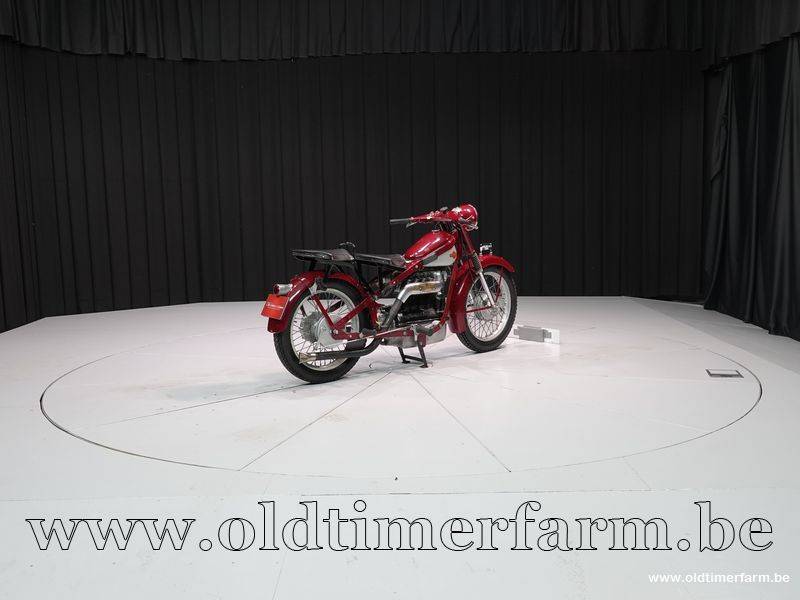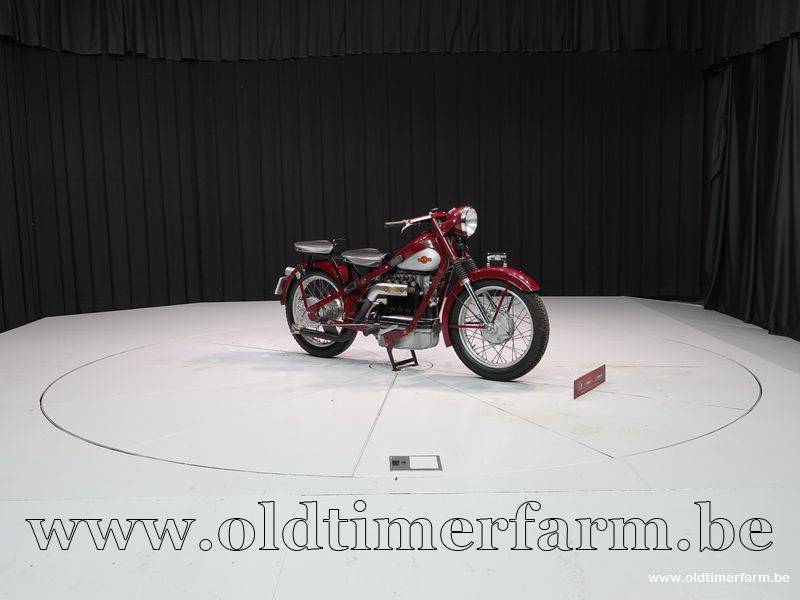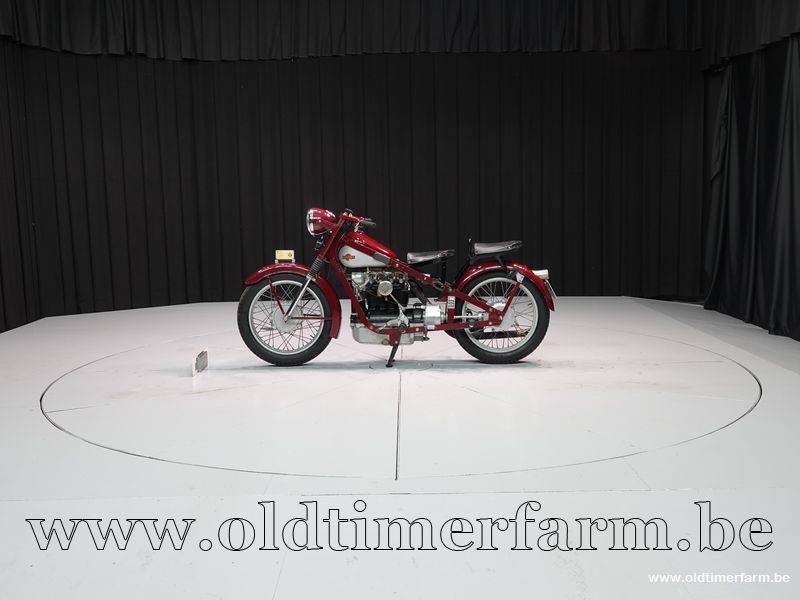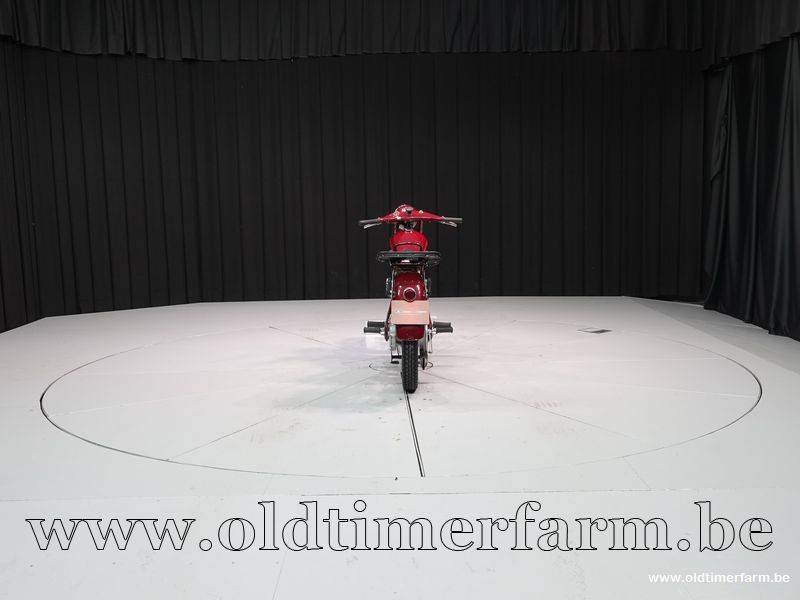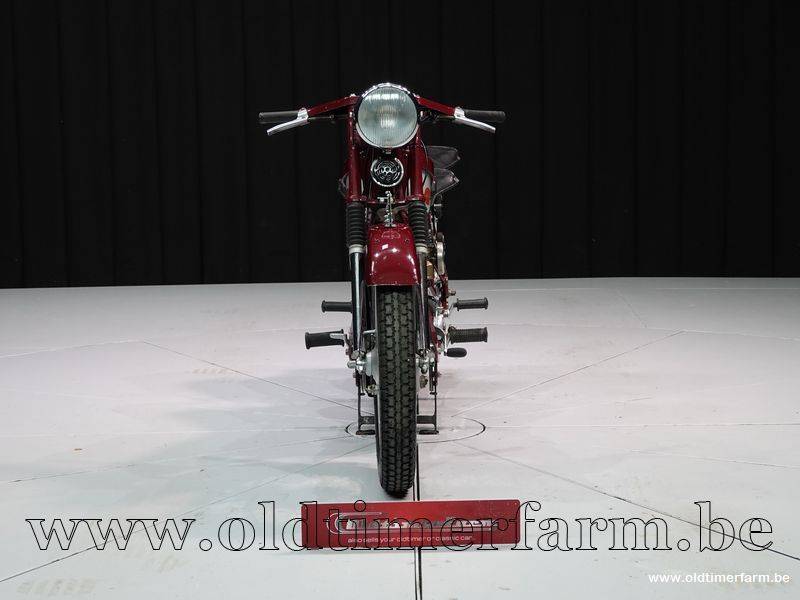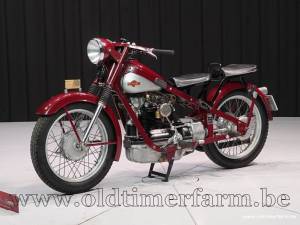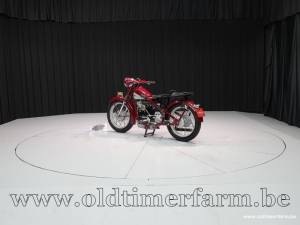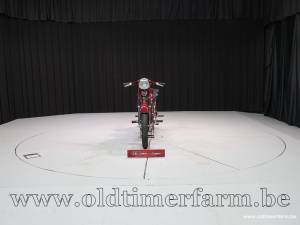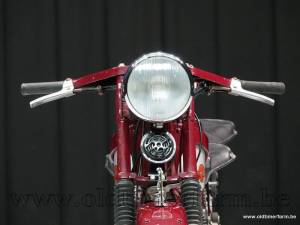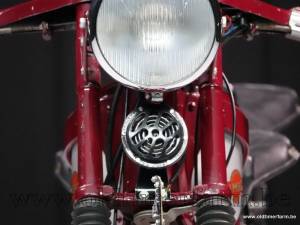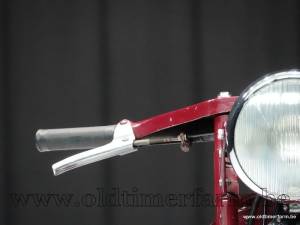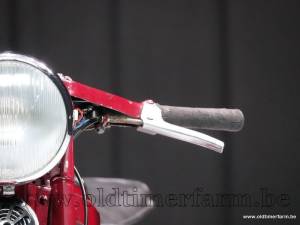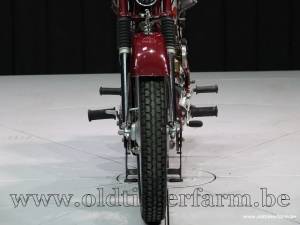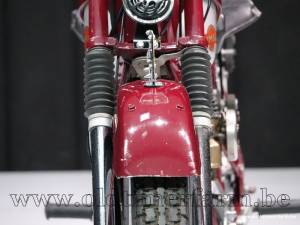1939 | Nimbus Standard
1939 Nimbus 750 Sport '39
1939 Nimbus 750 Sport '39
1939 Nimbus 750 Sport '39
Descripción
History of the model
Originating as a diversification effort by the Danish vacuum cleaner manufacturer, Fisker & Nielsen, the Nimbus motorcycle made its debut in 1919. It was a departure from the norm as it exclusively featured inline four-cylinder models. These early models boasted advanced design elements such as shaft final drive and pressed steel frames, setting a high standard from the outset. Additionally, the Nimbus was a pioneer in adopting the telescopic front fork in the mid-1930s.
Notably, the Nimbus' frame was revolutionary for its time, incorporating a large-diameter tubular upper section that housed the fuel tank. This distinctive feature led to the motorcycle being affectionately nicknamed "Kakkelovnsrør" (translated as 'Stovepipe') due to the resemblance of the upper frame tube to a thick, round pipe between the saddle and handlebars.
The Nimbus quickly made a name for itself in the racing circuit, with a significant victory in the 1300-kilometre Paris-Copenhagen race in 1921. Another notable achievement was an emphatic first-place finish in the 1922 Odense-Berlin-Odense race, where a tuned Nimbus reached speeds of over 140km/h while maintaining an impressive fuel efficiency of 4.8L/100km.Despite early successes, challenges arose in 1924 with the introduction of a Danish sales tax on motorcycles, coupled with an economic recession. These factors led to the discontinuation of Nimbus motorcycle production in 1926, with the company shifting its focus solely to vacuum cleaners for the next six years.
However, in 1932, Fisker, along with his son Anders, embarked on designing a new Nimbus motorcycle, leading to the unveiling of the Type C model in 1934. This iteration featured a redesigned engine with a monobloc casting and an overhead camshaft driven by a bevel-gear shaft. Although the engine saw a reduction in crankshaft bearings from three to two, it incorporated large ball bearings with pressure-fed lubrication for enhanced performance.
The Type C frame underwent significant changes, transitioning from the original design to one crafted from riveted flat-strap steel. Despite its less flashy appearance, this frame design proved to be sturdy and easy to repair. Noteworthy advancements included the adoption of telescopic front forks in 1934, preceding similar innovations in the automotive industry.
As World War II loomed, Nimbus motorcycles found favor with various government agencies and military branches, including the Danish Post Office, Army, and Police. Despite challenges during the German occupation from 1940 to 1945, limited production continued, albeit at a reduced scale due to material shortages.
Post-war, the Nimbus underwent further refinements, including a new engine with a 5.4:1 compression ratio, resulting in an output of 22bhp. However, production ultimately ceased in 1959, coinciding with the fulfillment of the last contract for the army.
Despite its discontinuation, the Nimbus motorcycle remains esteemed for its smoothness and flexibility, with many units still in service today. Notably, a Nimbus once owned by Steve McQueen was showcased in the Barber Museum in the USA and was proposed at auction in 2018 for an estimated value of $75,000-$85,000.
Some Nimbus motorcycles were equipped with a 1:5 ratio differential to accommodate sidecars, allowing for a top speed of around 85km/h when fitted with a sidecar. Additionally, prototypes featuring alternative designs, such as four-cylinder models with rotary valves and carbon seals, were explored but never reached production. Sprung rear suspension prototypes with Earles front forks were also developed but remained experimental.
This Nimbus C
This 1939 model features a hydraulic front fork and a 1/5 differential ratio has been restored and is in excellent condition. It also boasts the optional foot gear change. It was previously registered in the Netherlands and later on sold to a collection in Italie, where the FMI confirmed it’s originality. Although constructed in 1939 it’s documents point to a first registration in 1953, most likely ww2 came in between or it started it’s life as a government work horse. It’s 18hp engine was recently overhauled.
Detalles del vehículo
Datos del vehículo
- Marca
- Nimbus
- Modelo
- Standard
- Tipo
- Touring Bike
- Primera fecha de registro
- No provisto
- Año de construcción
- 1939
- Kilometraje (leer)
- 67.501 km
- Número de chasis
- No provisto
- Número de motor
- No provisto
- Número de la caja de cambios
- No provisto
- Coincidencia de números
- Sí
- No. de propietarios anteriores
- No provisto
- Café Racer
- No provisto
Detalles técnicos
- Engine Type
- Straight | 4 stroke | OHV
- Potencia (kW/CV)
- 13/18
- Capacidad cúbica (cm³) - acerca de
- 746
- Cilindro
- 4
- Arrancador
- Kickstarter
- Refrigeración
- Air
- Caja de cambios
- Manual
- Tipo de gambio
- No provisto
- Marchas
- 4
- Engranaje
- Cardan
- Freno delantero
- No provisto
- Freno trasero
- No provisto
- Combustible
- Gasolina
- Peso en vacío (kg)
- 0.185
Configuración individual
- Color exterior
- Otros
- Color según fabricante
- -
Condición, registro y documentación.
- Tiene peritaje
- Condición
- Informe de inspección del libro
- Matriculado
- Listo para conducir

